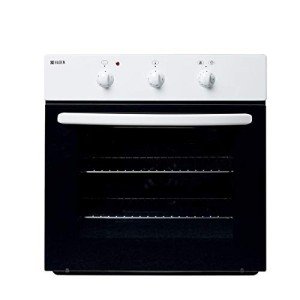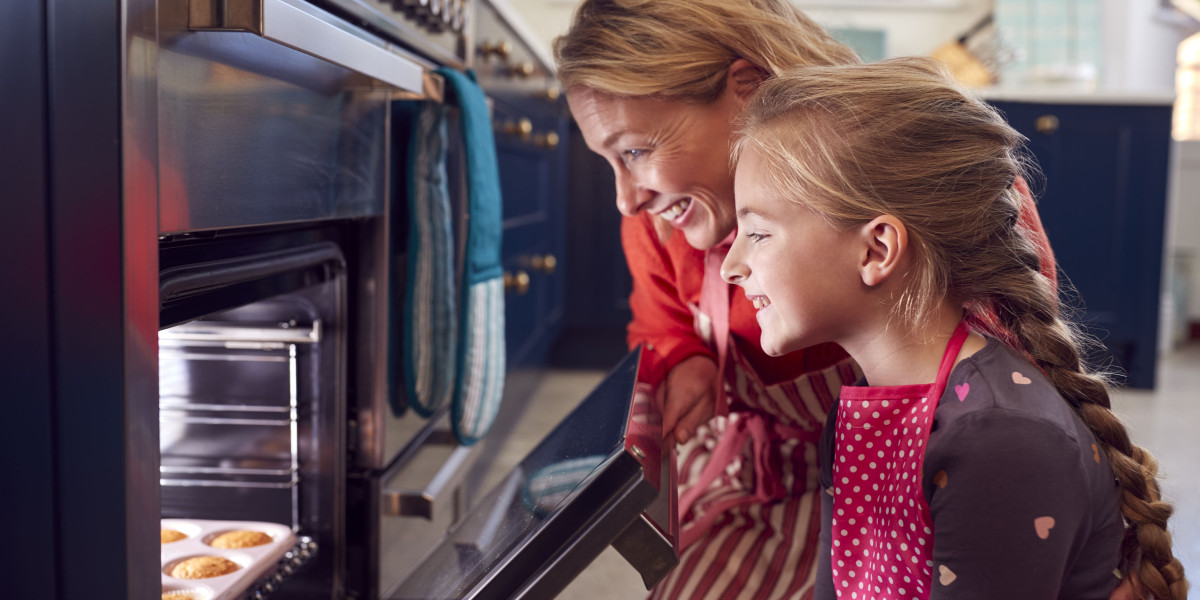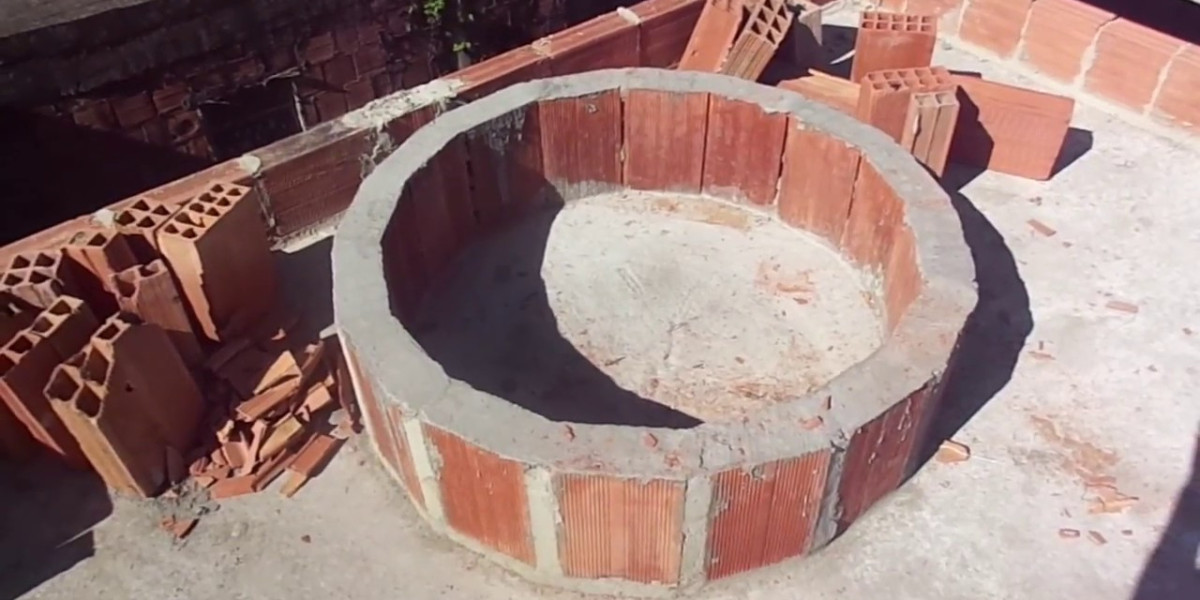 Leave a Pot on the Hob
Leave a Pot on the HobNigella's recipe often suggests that you "leave a pan on the stove" but what is the actual meaning of this? A hob is the British word used to describe a stove top or cooktop and can be electric or gas-powered.
Dual fuel cookers come with gas hobs as well as an electric oven that gives you the best of both worlds. They can be instantaneous in heating, but they are more costly to operate than single fuel models.
Solid plate hobs
Solid plate hobs are a staple in many homes. Their basic design is made up of flat metal plates that heat with electricity, which makes them an economical choice for those on a tight budget. However, their initial cost can cause higher electricity costs over time because of their inefficient energy use. They also require a large amount of heat that is left over and take longer to cool down and warm down than modern hobs.
Ceramic hobs are an extremely popular alternative to solid-plate hobs. It is more expensive initially however it will be much more affordable in the long run. These hobs are available in a range of styles, including curving and flat and are able to be paired with a range of ovens that can be adapted to any kitchen layout. They are easy to clean and blend into modern homes.
The next step up is the induction hob, www.ovensandhobs.Uk that makes use of electromagnetic fields to heat your cookware directly. The surface of the hob remains cool, which reduces the risk of burns. It is also safer for children to touch. Hobs that are induction also heat up and cool off the fastest.
When choosing which hob to buy it is important to think about your cooking habits and energy needs. Solid plate hobs can be affordable, but they're not efficient. Ceramic and gas hobs, on the other hand, are more expensive but are more efficient. Induction hobs provide a middle ground and combine efficiency with a elegant design.
Gas hobs
The best gas stoves are simple to use, stylish and have an attractive appearance. They should also come with a long-lasting warranty and be easy to clean. They are also required to be compatible with a variety of cookware, and offer instant heat control.
A gas hob operates by connecting a gas supply to each burner, which then combusts the fuel to create an ignition. The flame heats the pan as well as the air to allow for precise temperature control. Certain models come with a visible flame indicator, making it easy to determine if the burners are on or off. Other features available on gas hobs include various burners available in different sizes, automatic ignition and drip tray that is removable.
Modern gas hobs come with stainless steel or ceramic top. Some have sleek black finishes. You can choose between vented and open-burner hobs depending on the design of your kitchen. Hobs with vented vents come with an extractor that takes steam and smoke from cooking pans and lets the heat outside, whereas open-burner gas hobs do not.
Open-burner hobs sport a classic design with metal grates and knobs, while vented hobs are more modern and have flat, glass surfaces. Some models come with an extra-wide pan support, which is a boon for larger pans and pots.
Gas hobs are still in high demand despite the increasing popularity of electric hobs like ceramic and induction. This is partly due to consumer preferences and familiarity with gas cooking. However, several government regulations are promoting the removal of fossil fuel-based appliances in favour of energy-efficient alternatives.
All gas-powered hobs require electrical components in order to operate, which is why it is crucial to have your gas cooker installed by a certified electrician and carpenter who will make sure that the installation is secure and conform to the standards of the industry. If you are installing a gas hob your electrician will have to run the power cable and gas pipe into your kitchen. In most instances, this is simple and doesn't affect your existing electrical or plumbing connections.
Ceramic hobs
In addition to an attractive, sleek finish ceramic hobs are easy to clean and more efficient in energy use than gas hobs. The heating element that is high-powered is located beneath the surface of every zone. The heat is then transferred through the glass to the pan that is above. This helps reduce energy waste since it only directly heats the pan and not the air surrounding it. They are also easy to control and can quickly react to temperature fluctuations.
Ceramic hobs have a flat, ceramic surface that is easy to clean. Splatters and spills are easily removed with a damp cloth once they cool. It's worth remembering though that they're not suited to an extremely hot or steamy kitchen environment as the glass can break and discolor when it gets too hot.
Some people may be a bit sceptical about the fact that ceramic cooktops generate some amount of heat under the surface however, this isn't an issue for the majority of. Most models have integrated cooling fans that control the heat below the surface and keep it from affecting kitchens and workspaces. They're also insulated and designed to minimise heat transfer between your hob and your kitchen.
Another benefit of ceramic hobs is that they can be used with most kinds of cookware, in contrast to induction hobs, which require a certain type of magnetically conductor pan. Cast iron cookware should never be placed on a ceramic stove because it may scratch the surface.
Many ceramic hobs are fitted with safety features, such as residual heat indicators and lockout function to reduce the risk of accidents within the home. Some ceramic hobs have an overflow prevention feature' that detects when a pan is boiling over and automatically reduces the power to the zone it is located to minimize the damage. It's equally important to make sure that a ceramic stove is properly installed and set up with the correct cables and breakers. This is a task best left to an electrician with experience to ensure you're confident that your hob will be safe and reliable to use.
Induction hobs
Induction hobs, like their name suggests, have coils under the surface that produce magnetic fields. These fields generate heat in the pan or in the metal object placed on the hob. They use less energy than other types of hobs because they are cold until they have a pan placed on them. They also heat up more efficiently because the heat is generated by the bottom of a pan and not the entire surface of the cooktop.
Like gas hobs, models with induction have a control panel that you can select your settings and also see the amount of power you're using. However unlike a traditional gas hob they only work using cookware that's compatible with their heating mechanism using electromagnetic energy that means it must have a flat, even thick base made from ferrous metal (iron) or cast iron. Stainless steel and a few non-stick pans can work, but you must always verify the label or use a magnet along the base to ensure your cookware is induction compatible.
A popular option in shared student halls as well as penthouses in iQ Student Accommodation Induction hobs feature sleek LCD displays and modern aesthetics that blend seamlessly into modern kitchens. They are safer than gas hobs with traditional designs because they only start heating when a pan is placed on them, and then they shut off automatically after the pan is removed.
Induction hobs are controlled similar to an iPhone. A swipe gesture on the slider will set your preferred temperature level. In addition, there are typically buttons to move up and down on the control panel to adjust the power level, or a dial that can be hit for precise temperature control.
As well as nine power levels, some models have dual flex zones, which allows you to connect two zones to create a larger cooking space for larger saucepans. Others feature automatic shut-off, residual heat indicators, and a timer to inform you when your food is ready. Induction hobs emit low-level magnetic fields that are emitted in kilohertz. These could affect medical equipment, such as pacemakers.









